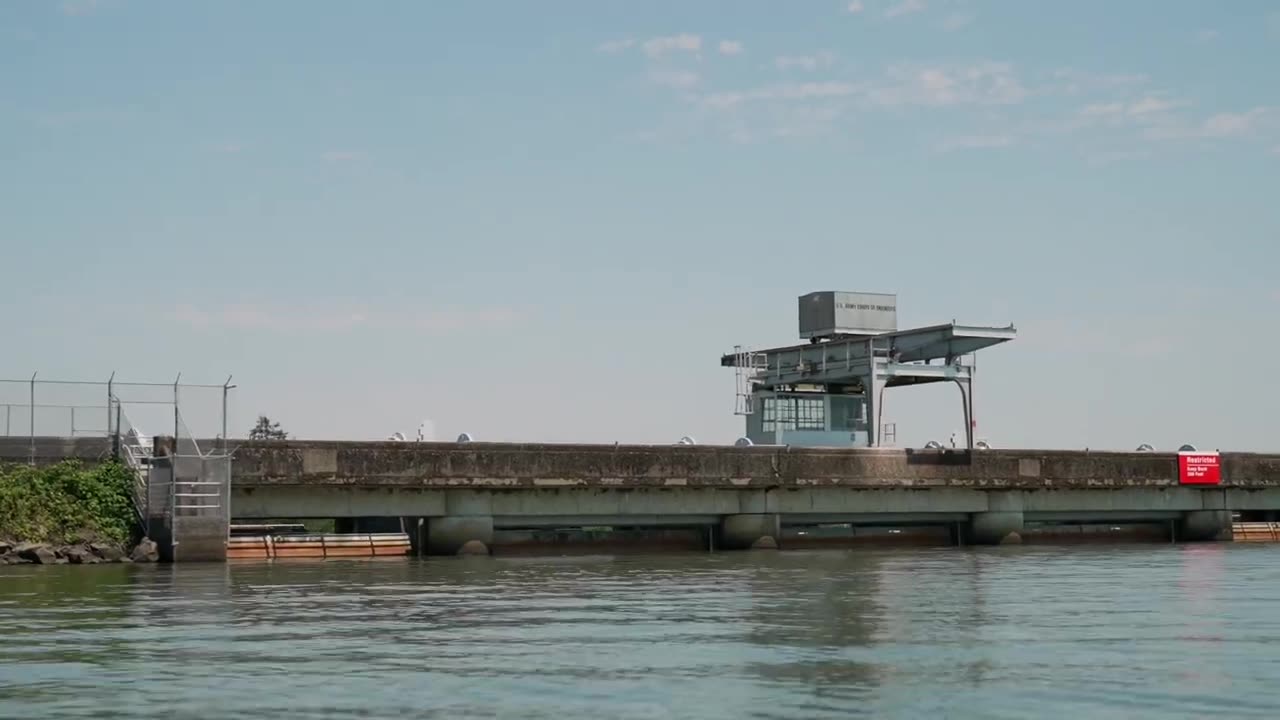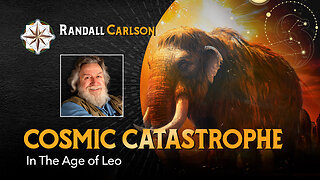Premium Only Content

SWOT_ Earth Science Satellite Will Help Communities Plan for a Better Future
Description:
In an era defined by rapid environmental changes and the imperative to foster sustainable development, the deployment of Earth science satellites presents an unparalleled opportunity for communities worldwide to strategize effectively and pave the way for a brighter future. This initiative harnesses the strengths of satellite technology and addresses the unique challenges communities face through a comprehensive SWOT (Strengths, Weaknesses, Opportunities, and Threats) analysis, bolstering their capacity to make informed decisions.
Strengths:
Earth science satellites offer a powerful vantage point from which to observe and quantify Earth's dynamic processes. These satellites possess the capability to gather real-time data on climatic patterns, natural resource distribution, land-use changes, and more. By leveraging these strengths, communities can gain unprecedented insights into their local ecosystems, enabling them to develop resilient infrastructure, assess risks, and plan for potential environmental disruptions.
Weaknesses:
While Earth science satellites provide an extensive view of the planet, there might be limitations in terms of resolution, frequency of data acquisition, and accessibility to certain remote regions. However, by collaborating with scientific institutions and space agencies, communities can work towards enhancing data accuracy and addressing these limitations, thus minimizing potential drawbacks.
Opportunities:
The data collected by Earth science satellites can revolutionize community planning by facilitating evidence-based decision-making. Communities can identify sustainable locations for urban expansion, monitor water resources, predict natural disasters, and track air quality, among many other applications. These opportunities translate into the ability to implement proactive measures that foster ecological balance, economic growth, and an improved quality of life.
Threats:
Failure to leverage Earth science satellites may leave communities susceptible to unforeseen environmental challenges. Climate change impacts, such as rising sea levels, increased frequency of extreme weather events, and shifts in ecosystems, could pose substantial threats if not properly addressed through informed planning. However, by embracing satellite-derived insights, communities can mitigate these threats and fortify their resilience against potential vulnerabilities.
Conclusion:
Embracing Earth science satellites in community planning is a transformative endeavor that empowers societies to take control of their destinies. By conducting a SWOT analysis tailored to their unique circumstances, communities can harness the strengths of satellite technology, overcome its weaknesses, seize the opportunities it presents, and proactively counter potential threats. Ultimately, this holistic approach enables communities to forge a path toward sustainable development, ensuring a better future for generations to come.
-
 20:30
20:30
Exploring With Nug
1 day ago $3.62 earnedMissing Father of 2 FOUND Underwater In Shallow Pond!
26.9K8 -
 19:19
19:19
This Bahamian Gyal
1 day agoThe View PRAISES Michelle Obama for DITCHING TRUMP inauguration, "when they go LOW, go even LOWER"
24.5K32 -
 14:25
14:25
Degenerate Jay
22 hours ago $6.63 earnedThe Flash Movie Failed Because People Hate The Character? Sure.
93.7K13 -
 28:30
28:30
CharLee Simons Presents Do Not Talk
6 days agoSam Anthony from YourNews.com (with host CharLee Simons)
56.3K2 -
 52:34
52:34
PMG
18 hours ago $3.39 earnedHannah Faulkner and Steve Friend | EXPOSE THE FBI CORRUPTION - KASH PATEL
39.8K7 -
 25:33
25:33
marcushouse
1 day ago $38.51 earnedStarship Exploded! What Went Wrong? Flight Test 7 Explained
198K66 -
 1:00:50
1:00:50
Squaring The Circle, A Randall Carlson Podcast
1 day ago#035 Cosmic Catastrophe In The Age Of Leo - Squaring The Circle: A Randall Carlson Podcast
126K34 -
 1:33:14
1:33:14
Jamie Kennedy
1 day agoThe LA Fires...
101K29 -
 2:01:45
2:01:45
Quite Frankly
2 days ago"Inauguration Eve: Trump Time Travel Review" 1/17/25
78.5K66 -
 58:42
58:42
SGT Report
4 months agoYour REAL NEWS vs. CIA Mockingbird LIES -- Sam Anthony
204K100